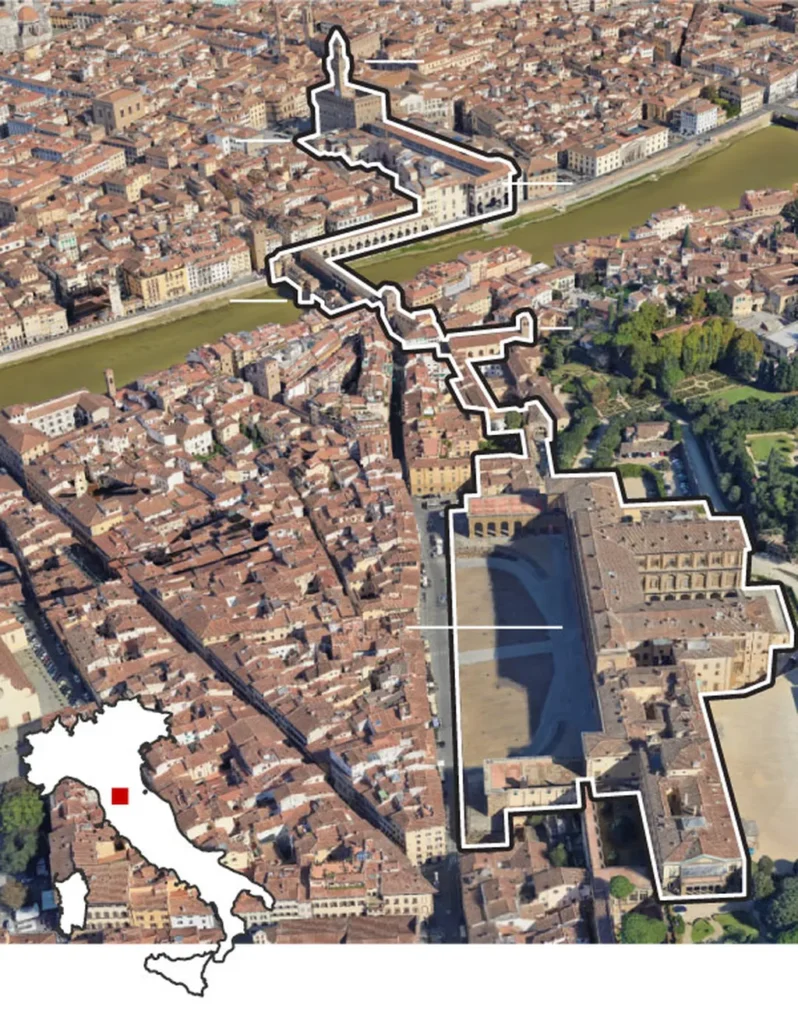In the bustling neighborhoods of Chennai, a groundbreaking study is shedding light on how urban design can significantly enhance pedestrian safety and overall quality of life. Led by Revathi A., a researcher at the College of Engineering, Anna University, this study delves into the application of Crime Prevention Through Environmental Design (CPTED) strategies to create safer, more livable urban spaces.
The research, published in the *Journal of Asian Architecture and Building Engineering* (which translates to *Journal of Asian Architecture and Building Engineering*), focuses on Zone XV, Ward 193, Thoraipakkam, Chennai, India. It aims to address the growing concern of urban crime and its impact on residents’ sense of security. By analyzing crime data from 2017 to 2023 and gathering insights from 400 residents through semi-structured questionnaires, the study identifies key factors that influence pedestrian safety perceptions.
Revathi A. explains, “Our goal was to understand how environmental factors contribute to the fear of crime among pedestrians. By identifying these gaps, we can propose targeted CPTED strategies to enhance urban safety and liveability.”
The study employs advanced statistical tools, including SPSS version 25 and AMOS 26, to assess the relationships between environmental factors and safety perceptions. Confirmatory Factor Analysis (CFA) and Structural Equation Modeling (SEM) are used to evaluate the impact of CPTED parameters on crime rates and safety perceptions.
One of the most compelling aspects of this research is its potential to shape future urban planning and development. By understanding the specific environmental factors that contribute to crime and fear, urban planners and policymakers can design neighborhoods that are inherently safer and more inviting. This not only improves the quality of life for residents but also has significant commercial implications for the energy sector.
For instance, safer neighborhoods can lead to increased foot traffic, boosting local businesses and attracting more investment. Additionally, well-designed urban spaces can reduce the need for extensive security measures, potentially lowering energy consumption and costs associated with lighting, surveillance, and other safety infrastructure.
Revathi A. adds, “The findings of this research can serve as a blueprint for creating safer urban environments not just in Chennai but in other cities as well. It’s about making our neighborhoods places where people feel secure and comfortable, which ultimately benefits everyone.”
As urbanization continues to grow, the need for innovative solutions to enhance safety and liveability becomes increasingly critical. This research provides a valuable framework for achieving these goals, offering a glimpse into a future where urban design plays a pivotal role in creating secure and vibrant communities.

